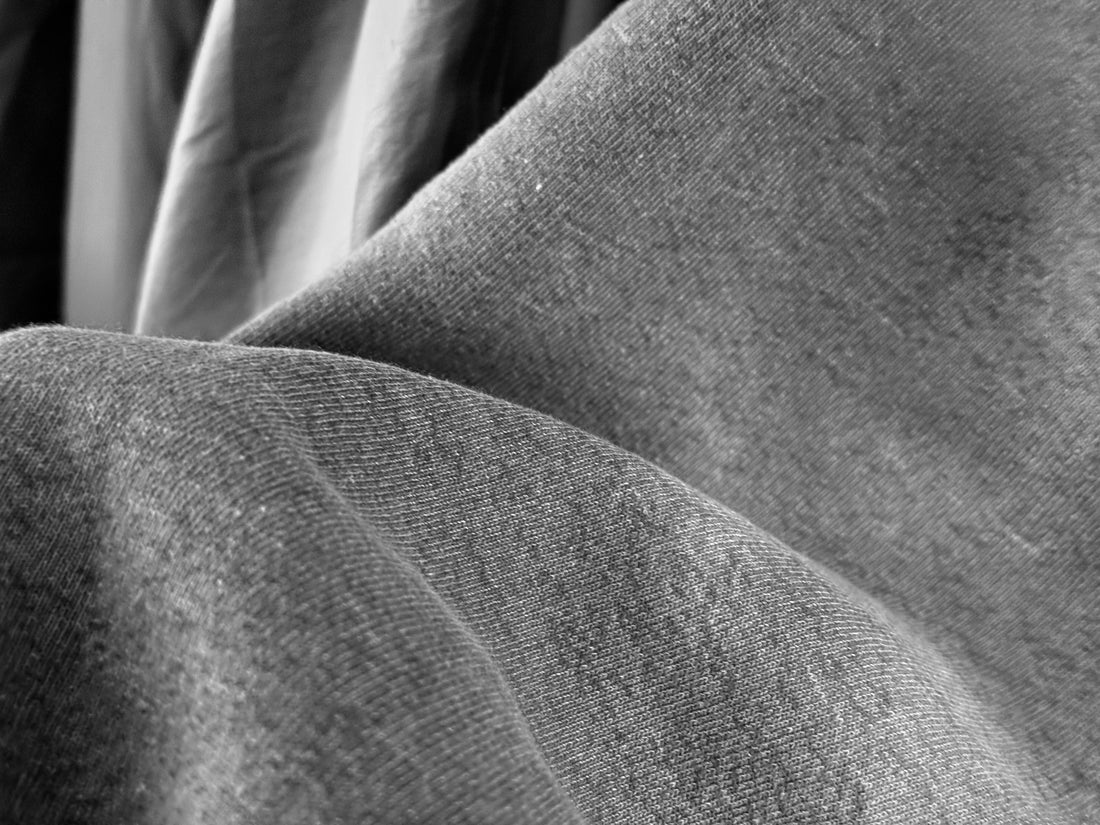
How Much Is a Yard of Fabric? The Real Cost Behind the Stitch
Fabric pricing seems simple—until you try to source it for real. You walk into a fabric shop or request samples from a supplier and ask, “how much is a yard of fabric?”
Then comes the pause, followed by another question: woven or knit? Raw or finished? By weight or by length?
Suddenly, it’s not so simple. This guide unpacks how fabric is priced, why some textiles are sold by the yard and others by the kilo, and what really drives the cost behind every cut, roll, or spool of material.

Why Fabric Pricing Isn’t One-Size-Fits-All
When people think of a “yard of fabric,” they often imagine a neat, rectangular piece of woven cotton—structured, smooth, and easy to cut.
This makes sense. Woven fabrics are typically sold by length because they hold their shape, have stable dimensions, and waste very little at the edges. That makes it easy to calculate how much you need and how much you’ll use.
But this unit of measurement doesn’t work as well for knits. T-shirts, sweatshirts, and stretchwear are almost always made of knit fabrics, which are softer, stretchier, and much more dynamic. Their structure is loop-based, not crisscrossed, which makes them more prone to curling, warping, and shrinking.
Because of this, knit fabrics are commonly sold by weight—measured in grams or kilograms—not by length. A roll of knit fabric can appear longer or shorter depending on how it’s handled, even if it weighs exactly the same. The weight, not the length, offers a more consistent and fair pricing method.
If you're wondering exactly how that fabric weight is measured—and why it matters—you may want to read our article on What is GSM in Fabric?. It breaks down how grams per square meter (GSM) determines the density and durability of fabric, and why it's one of the most important indicators of quality in knitwear.
Adding to the complexity, the edges of knit fabrics are often considered unusable due to rolling and distortion. This means utilization rates for knits are typically lower than for wovens, and that loss needs to be factored into the cost.
Woven fabrics, with their sharp edges and stable weaves, typically allow for cleaner cutting and higher material efficiency. So while you may be paying the same amount per yard, what you can actually use can vary significantly depending on the type of fabric.

What Actually Determines the Price of Fabric?
At the core, fabric cost is determined by a mix of material, process, and context. First, there’s fiber quality. Basic cotton is cheap, but long-staple, organic, or extra-soft versions come at a premium. Wool prices vary by grade. Cashmere and silk sit at the top of the pyramid, thanks to both their limited availability and specialized processing requirements.
Then comes the structure itself: a dense weave or tight knit requires more yarn per inch, which directly increases the cost. Yarn density isn’t always visible to the eye, but it matters—higher density fabrics often feel smoother, last longer, and drape more precisely.
The production process adds further cost. Simple weaves are relatively inexpensive to produce, but textured jacquards, double knits, or laminated layers require additional time and equipment. The finishing stage—dyeing, brushing, printing, waterproofing, UV blocking—can elevate a fabric from basic to highly technical.
The more treatments involved, the higher the price tag. A fabric with antimicrobial properties and moisture management might cost two or three times more than untreated cloth, even if it uses the same fiber base.
Then there are the external factors. Synthetic fibers like polyester or nylon are petroleum-based, so their price moves with global oil markets. Shipping costs rise and fall depending on fuel prices and port congestion. Currency fluctuations impact import pricing, and new environmental regulations can force factories to upgrade systems and pass on the cost.
Political factors, from trade restrictions to regional conflicts, also disrupt supply chains and inflate costs.
Why Some Yards Are Worth More Than Others
Consider a technical fabric like Gore-Tex. While it’s often priced by the yard—sometimes upwards of $20 to $50—what you’re paying for isn’t just the surface textile.
Gore-Tex is a composite of layers: a breathable membrane bonded between a durable outer shell and a protective inner backing. Add to that the seam taping, waterproof testing, and bonding techniques required to actually use it in apparel, and the real cost per usable yard climbs even higher. This is why garments made from such materials, like mountaineering jackets or high-end rain gear, come with premium price tags.
Understanding these layers—both literally and figuratively—helps decode fabric pricing. A yard is never just a yard. It’s a reflection of fiber selection, technical development, production conditions, and geopolitical context.
So next time you ask “how much is a yard of fabric?”, remember that the answer isn’t just a number. It’s a story woven from design, supply chains, and decisions made long before the cloth reached your hands.
